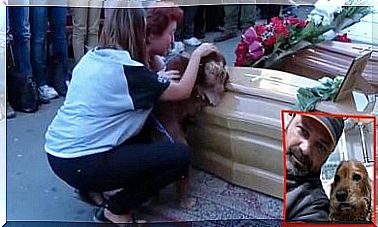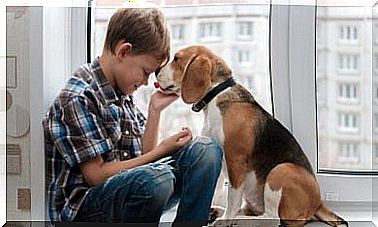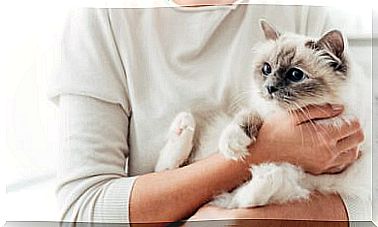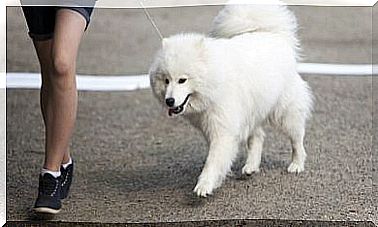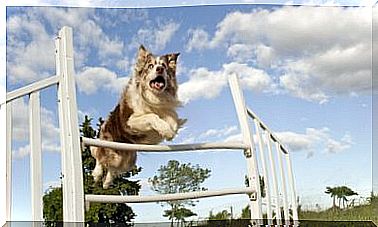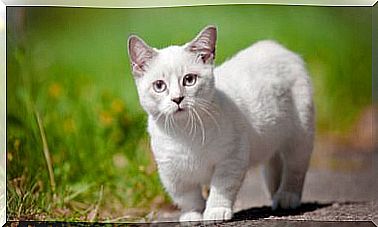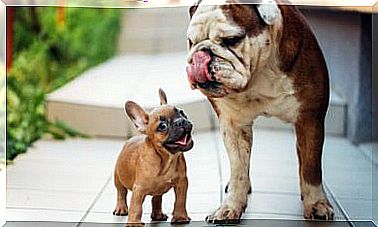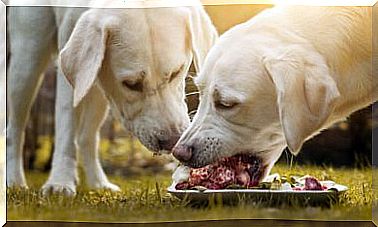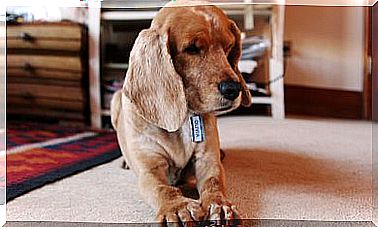Diseases Suffered By Pigeons
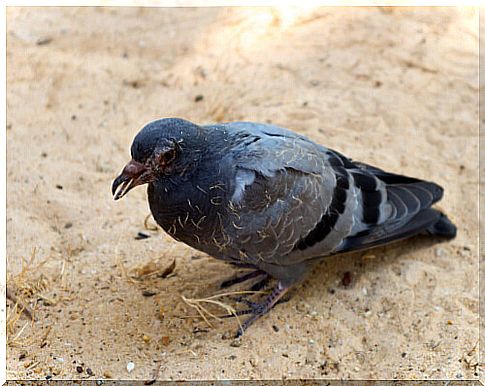
They are defined as rats of the air and also as a symbol of peace, since these birds are loved or hated without much middle ground. Considered pests in many cities, they are accused of transmitting various diseases to humans. But this time we want to focus on the diseases that pigeons suffer from.
Main diseases suffered by pigeons
Like many animals, columbidae can be affected by viruses, bacteria, fungi or parasites and also suffer from various non-infectious diseases.
In the case of animals raised in lofts, in many cases various medications can be administered to treat them. However, prevention is essential, through some vaccines, vitamins and drugs and the maintenance of proper hygiene.
Some of the diseases that pigeons suffer from are:
Trichomaniasis
It is estimated that up to 80 percent of adult pigeons live in balance with the protozoan that causes this parasitic disease. But in chicks or animals with low defenses it can be fatal.
The specimens affected by trichomaniasis present the following signs:
- Apathy
- Ruffled plumage
- Slimy diarrhea
- Lack of appetite
- Intense thirst
- Slimming
- Hard, yellowish-white patches in the mouth, throat and, in some cases, in the navel.
- Breathing difficulties
The disease can be acquired by drinking contaminated water or by ingesting food vomited by infected pigeons. The contagion occurs through the porridge of the crop, which can also contaminate the nest and thus causes the umbilical shape. Parasites can also affect internal organs in a generalized way.
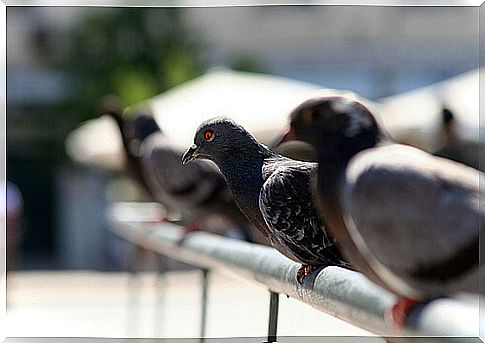
Paramyxovirus
It is a high mortality infection. The affected specimens begin to ingest more water and eat less. They look very thin and the stools are watery. As the days go by, the animals begin to develop nervous disorders. Among them:
- Uncontrolled body movements and balance problems (tumbling, cartwheeling, or backing up)
- Difficulty pecking the grains due to involvement of the optic nerve (in some cases it will be necessary to feed the animal with a sleeve or syringe)
- Stiff neck
- Seizures
- Wing and leg paralysis
The disease is transmitted by direct contact with infected birds, through ocular, respiratory and digestive secretions. It can also be spread indirectly, through the remains of feathers, food, water, or places that pigeons use that are contaminated.
Salmonellosis (Paratyphosis)
This bacterial infection of the intestine affects mainly young pigeons and birds, causing an early death. But pigeons that are cured can become carriers and transmit the disease through the shells of the eggs they hatch when they reach adulthood. Affected individuals may present:
- Viscous, greenish stools
- Cloaca greasing
- Slimming
- Short breath
- General weakness
- Drooping wings
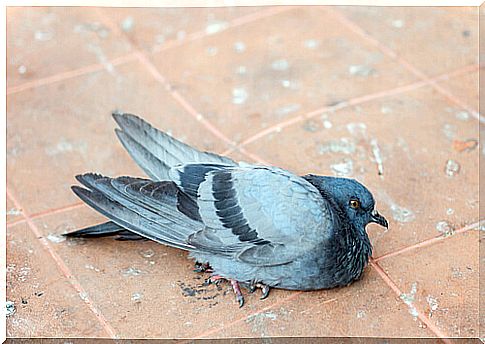
Organs such as the liver, kidney, and spleen can be affected. It also attacks the brain and spinal cord, causing loss of balance, paralysis, and torticollis. It is transmitted through food and water or by inhalation of contaminated dust. And, if the contact with the human is very close, it can infect it.
Coryza
Among the diseases suffered by pigeons is also coryza, very common between autumn and early spring. It is an acute respiratory infection that is linked to factors such as cold, humidity, overcrowding or stress caused by competitions. And also to the lack of vitamin A. It produces:
- Sneezing
- Watery nasal discharge that later becomes sticky and purulent
- D ificultades breathing, so the animal must keep open beak
In some cases, there is also tearing in both eyes, accompanied by swelling of the lacrimal sacs. This is known as an owl’s head. The specimens that are cured become carriers and transmit the infection to the chicks.
